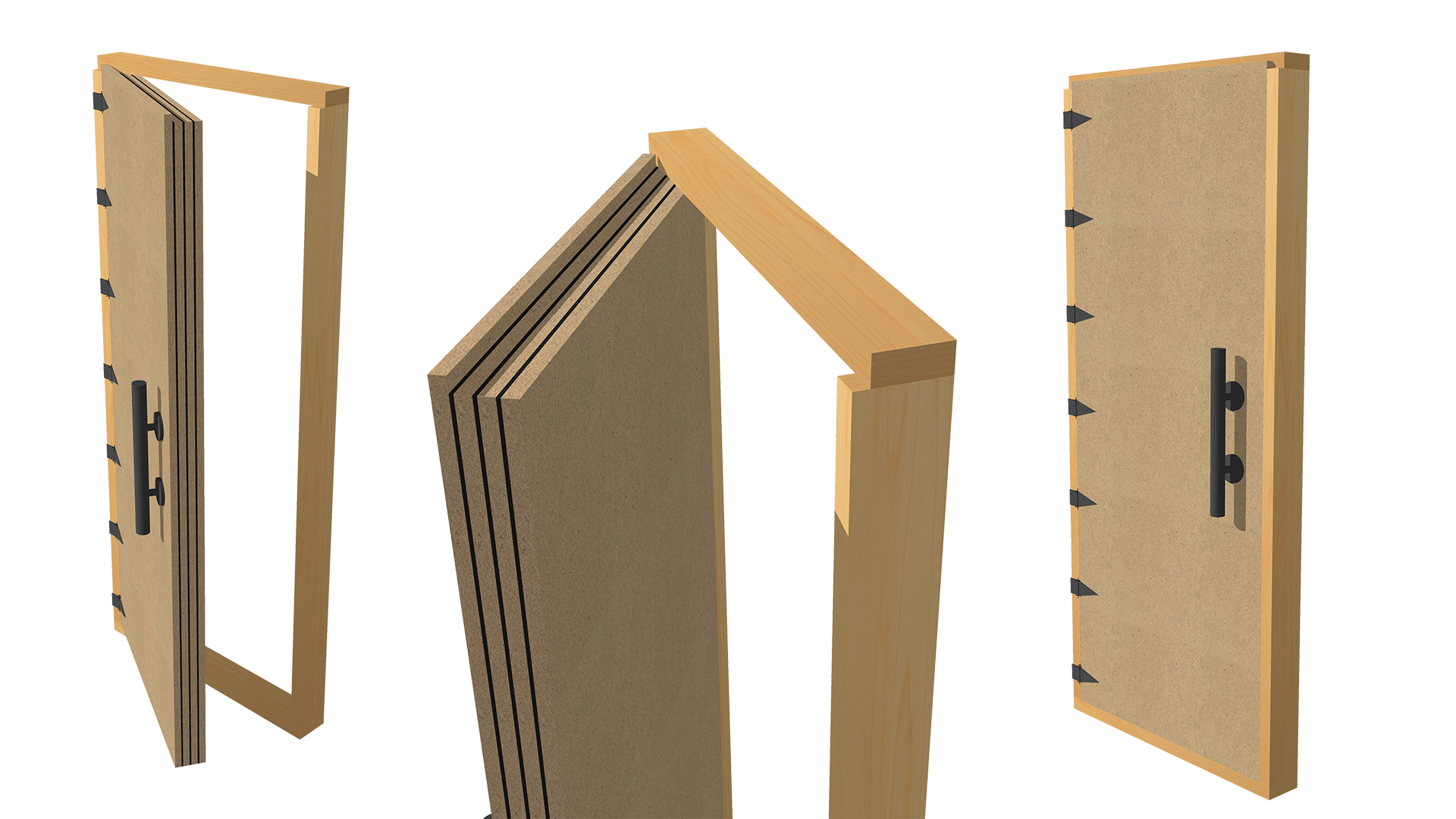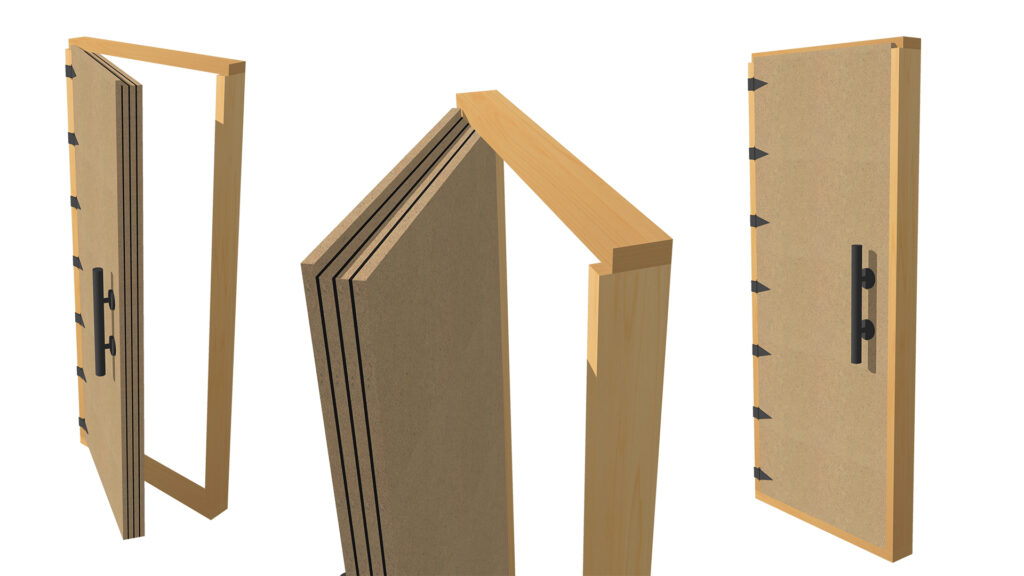
Table of Contents
Introduction
The search term bottom of door seal is misdirected. A bottom of the door seal must be a small part of any noise isolation project. Noise transmission and building or installing any treatment types for noise transmission is a complicated process that requires measurements first before any treatment types are installed. If you are searching for a bottom of door seal, you must first define the noise frequency and amplitude of any noise issue.
All noise is defined by its frequency and amplitude regardless of your issue. With any noise issue whether it is a bottom of door seal or the door itself or even a window, you must know the frequency and amplitude of any noise transmission issue. Any treatment type selected for noise attenuation is frequency and amplitude dependent. You must know the enemy you are fighting and the only way to do that is to measure the noise for both frequency and amplitude. There is no need for a bottom of door seal if the door or wall is leaking.
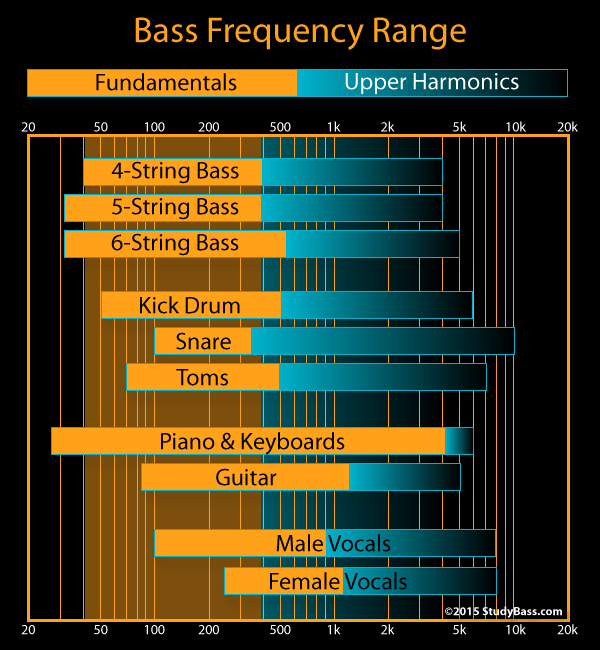
Low, Middle, and High Ranges in Human Hearing
The frequency of noise is where the noise lies in our human hearing range. Noise frequency for human hearing starts around 20 hz. and goes through 20,000 Hz. This human hearing range is also broken up into three groupings. We have low, middle, and high frequencies. Low frequencies are what is commonly referred to as bass. Sound energy is defined in terms of wavelengths.
For example, 40 hz., low frequency, wave of energy is 28′ long. If you do not have a 28′ dimension on your room, it won’t fit into smaller dimensions. When it does not fit, it produces audible distortions. When low frequency energy fills the room, the distortions it produces require a large amount of treatment types. Middle frequency energy is where the human voice lives. High frequency energy is a flute or piccolo.
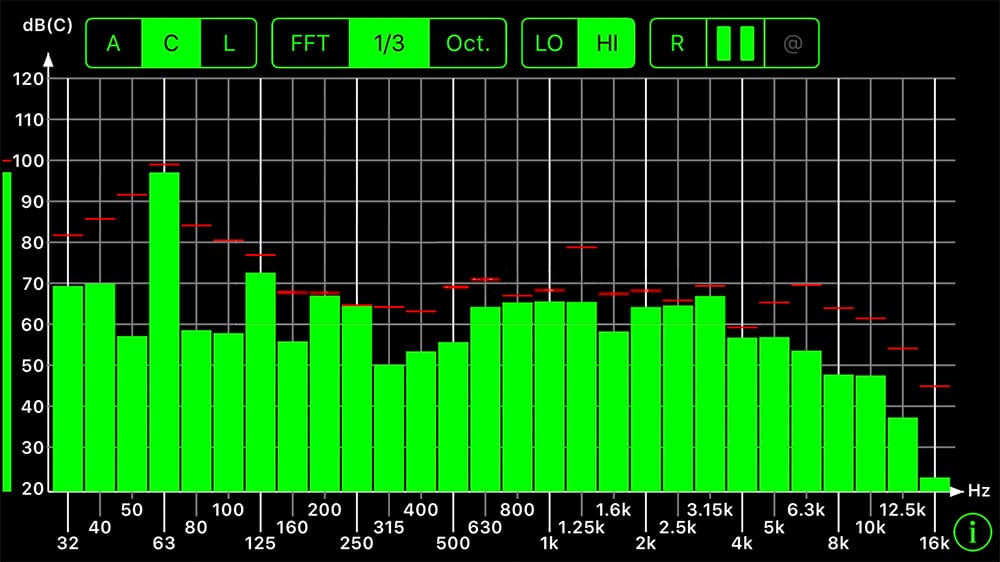
Effective Noise Isolation
When you are dealing with noise, you must discuss the barrier that you will build to stop the transmission of noise from both inside and outside sources. The walls, door, and windows of your room isolate noise depending on the way the room was built. We all have familiarity with a standard 2″ x 4″ stud wall. It does not stop bass or low frequencies.
Why is that? It is because a 2″ x 4″ wall is not the proper barrier design to attenuate lower frequencies. In fact, as we all know as we listen to people talking within the next room, that is not even that good at stopping voice. This is why you must measure the noise for frequency and amplitude. How do we measure our noise issue for frequency and amplitude?
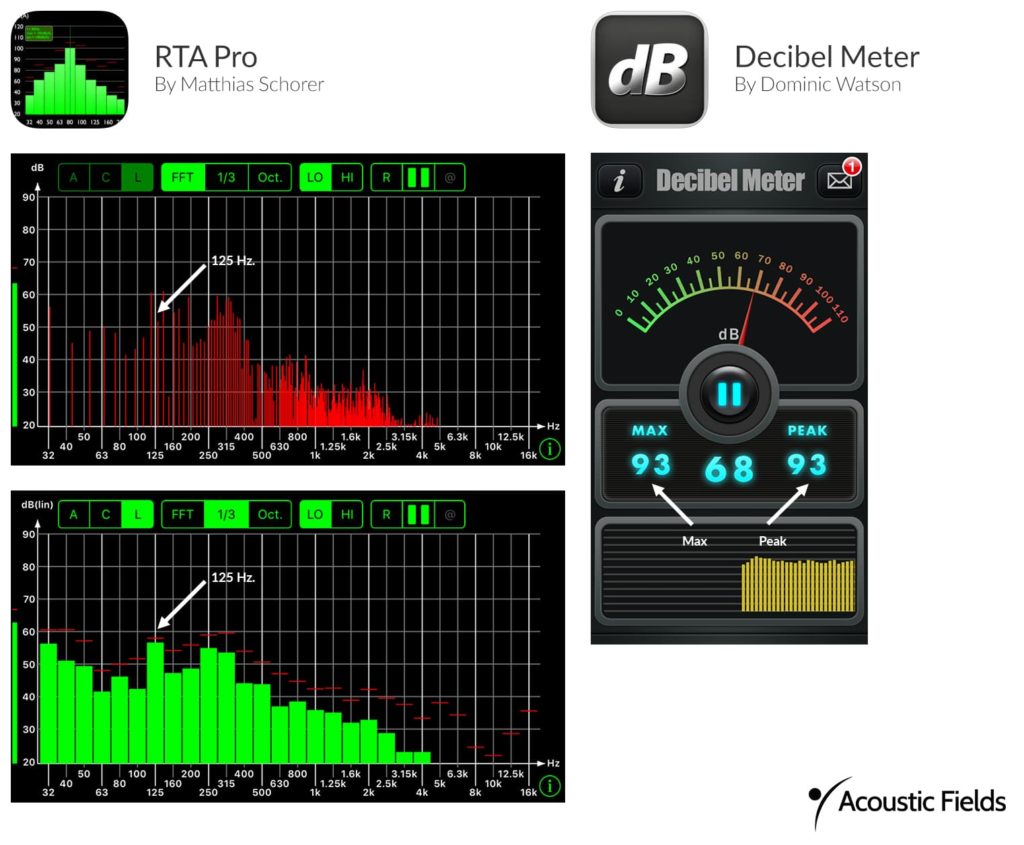
Acoustic Fields’ App-Based Solution
At Acoustic Fields, we have a noise measurement process where you can download our apps and take noise measurements using your cell phone. You take noise measurements twice a day. You take frequency and amplitude measurements during the nosiest time of each day and the quietest part of each day. You also take the noise measurements over a seven day time frame. We need to see what day the most noise occurs and what frequency.
A week’s worth of numbers will let us find the lowest frequency along with the strongest or highest amplitude or strength. A noise map of a complete week, will let us see the maximums and minimums in frequency and amplitudes throughout the week. We will design the barrier to deal with the lowest frequency and the highest amplitude.
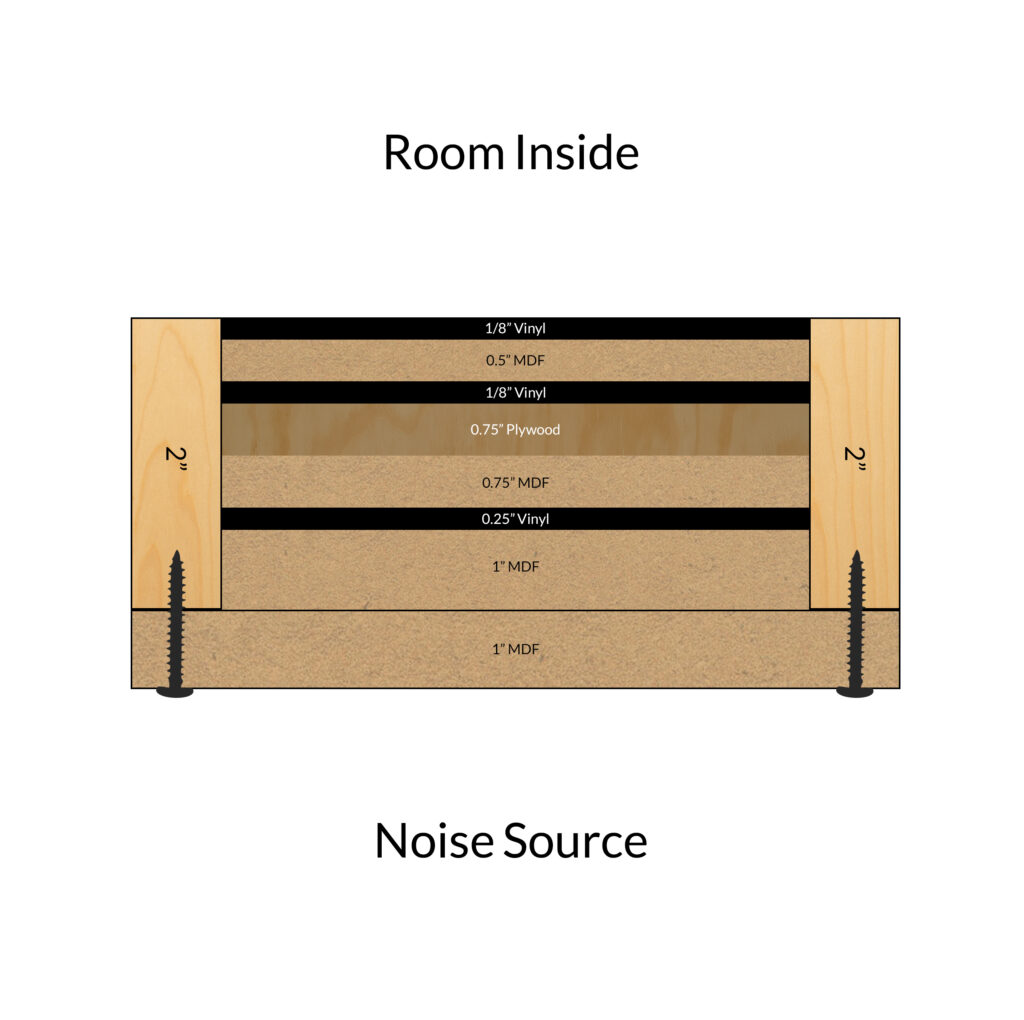
Effective Noise Management
Noise is like water. It will find the weakest link in any structure including doors. The bottom of the door seal is not a concern if the door is not working to deal with the frequency and amplitude of the noise. A hollow core door will bleed sound energy so the bottom of door seal is worthless if the door is not working. If the wall the door is connected to is not attenuating the proper frequency and amplitudes of the noise then the door is worthless.
You must examine all parts of the barrier to determine that all parts are working against the measured frequency and amplitude of noise. Without noise numbers for frequency and amplitude, you are just guessing and guessing with noise is foolish and expensive. If you guess wrong, you will have to tear out your mistakes and start over.


